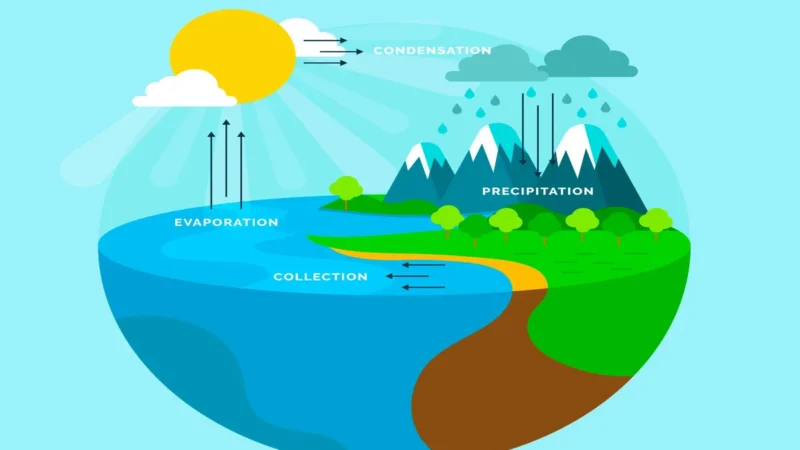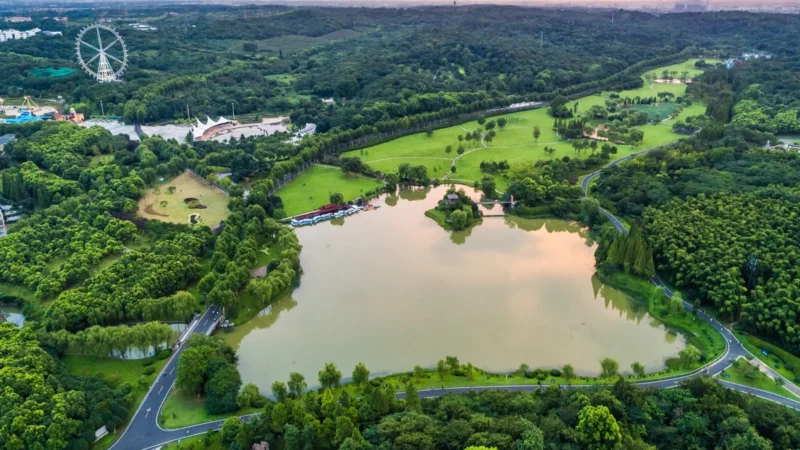Forest Restoration for Biodiversity: Practical Ways to Contribute

Forests play a critical role in supporting biodiversity, providing habitat for countless species, regulating the climate, and offering valuable resources for human societies. However, these vital ecosystems are facing unprecedented challenges due to deforestation, climate change, and human activities. Forest restoration has emerged as a crucial strategy to mitigate these issues and support biodiversity conservation. Here are practical ways individuals and communities can contribute to forest restoration efforts:
1. Tree Planting Campaigns
Organizing or participating in tree planting initiatives is one of the most direct and impactful ways to contribute to forest restoration. Identifying suitable areas for planting, choosing native species, and ensuring proper maintenance are essential steps for successful reforestation projects. Collaborating with local authorities or environmental organizations can amplify the impact of such campaigns.
2. Supporting Agroforestry Practices
Encouraging and adopting agroforestry methods can contribute significantly to both sustainable agriculture and forest restoration. Integrating trees into agricultural landscapes not only enhances soil health and crop diversity but also aids in reestablishing forested areas and corridors.
3. Promoting Sustainable Forest Management
Advocating for sustainable forestry practices is crucial in preserving existing forests. Supporting certifications like Forest Stewardship Council (FSC) ensures that timber and other forest products come from responsibly managed forests, reducing the pressure on natural habitats.
4. Education and Awareness
Raising awareness about the importance of forests and biodiversity is fundamental. Engaging in educational programs, workshops, or public campaigns can help foster a deeper understanding of the value of forests and inspire action within communities.
5. Participation in Restoration Projects
Joining local or international restoration projects provides an opportunity to contribute hands-on to forest rehabilitation efforts. Volunteering time, expertise, or resources can make a substantial difference in restoring degraded forest areas.
6. Advocacy for Policy Change
Advocating for policies that support forest conservation and restoration is crucial. Encouraging policymakers to enact and enforce legislation that protects forests, biodiversity, and indigenous rights can have far-reaching effects.
7. Engaging in Citizen Science Initiatives
Participating in citizen science programs enables individuals to contribute valuable data for monitoring biodiversity and ecosystem health. This involvement can range from bird-watching programs to monitoring tree growth and wildlife populations.
8. Supporting Forest-Based Economies
Encouraging sustainable livelihoods that depend on forests can help in preserving these ecosystems. Buying products sourced sustainably from forests, such as shade-grown coffee or certified wood products, supports local economies while promoting forest conservation.
Key Takeaways
Forest restoration for biodiversity is a multifaceted endeavor that requires collective action at various levels. Each individual’s contribution, whether through tree planting, education, advocacy, or supporting sustainable practices, is essential in safeguarding the diversity and vitality of our forests. By coming together and taking practical steps, we can make a meaningful impact in preserving these invaluable ecosystems for future generations.
FAQs:
Forests are hubs of biodiversity, hosting a wide array of plant and animal species. Restoring forests helps recreate habitats, supports species survival, and maintains ecological balance, crucial for preserving biodiversity on Earth.
Forests act as carbon sinks, absorbing and storing carbon dioxide. Restoring forests enhances their capacity to sequester carbon, mitigating the impacts of climate change by reducing greenhouse gases in the atmosphere.
Challenges include securing land for restoration, ensuring the survival of planted trees, addressing invasive species, balancing economic needs with conservation, and securing long-term funding for restoration projects.
Individuals can contribute by participating in tree planting initiatives, supporting sustainable practices, advocating for policy changes, engaging in education and awareness campaigns, and volunteering for restoration projects.
Agroforestry integrates trees into agricultural landscapes, promoting biodiversity while providing sustainable livelihoods. It aids in restoring forest cover and contributes to soil health and crop diversity.


